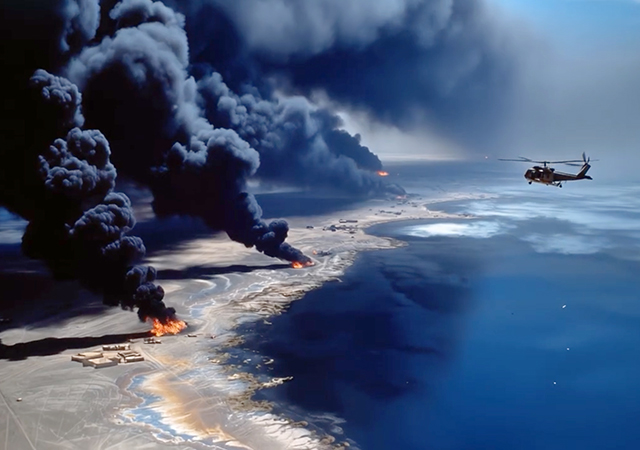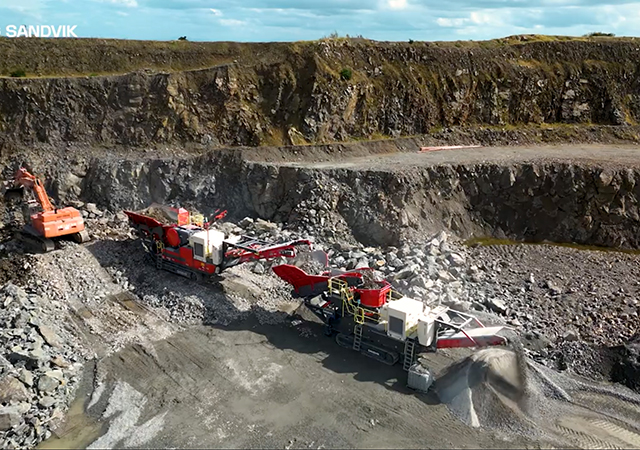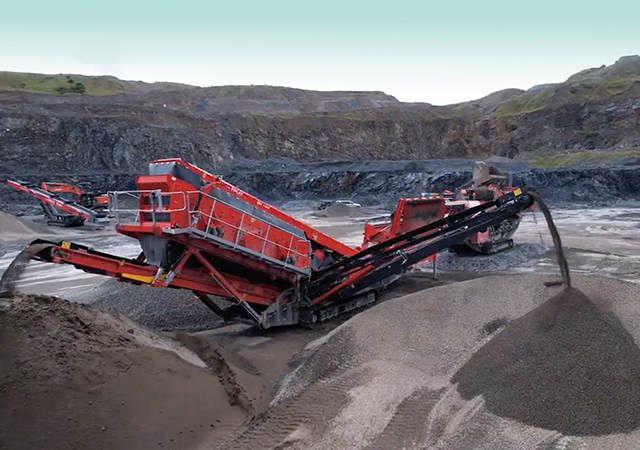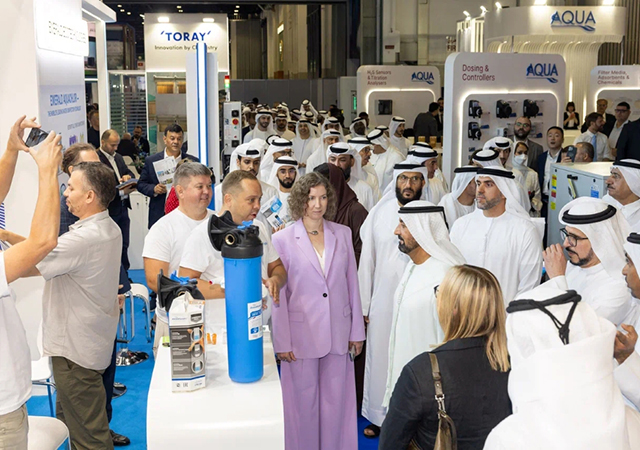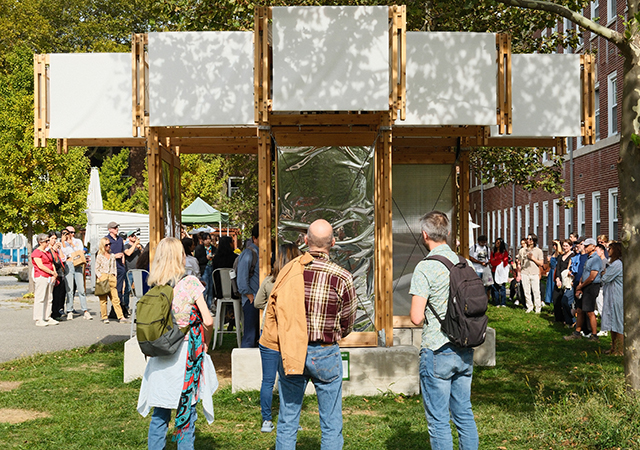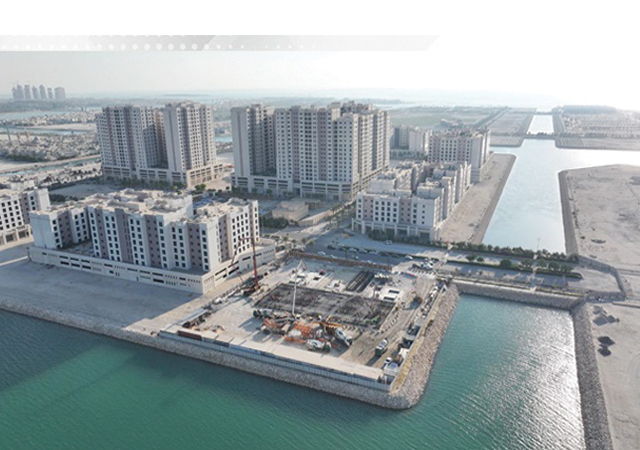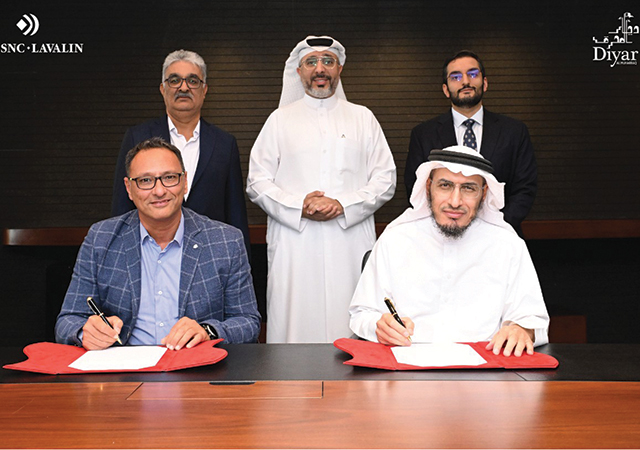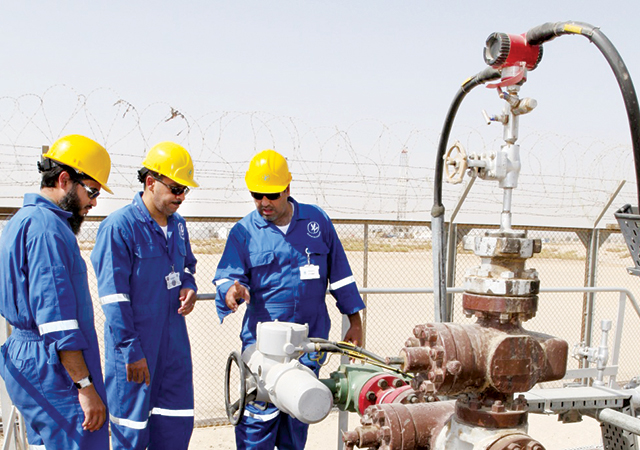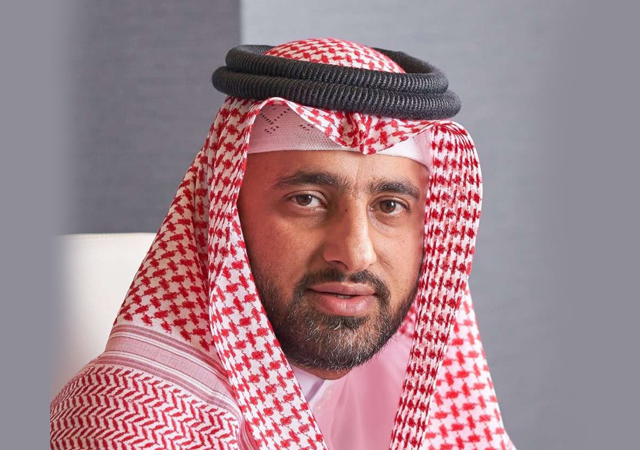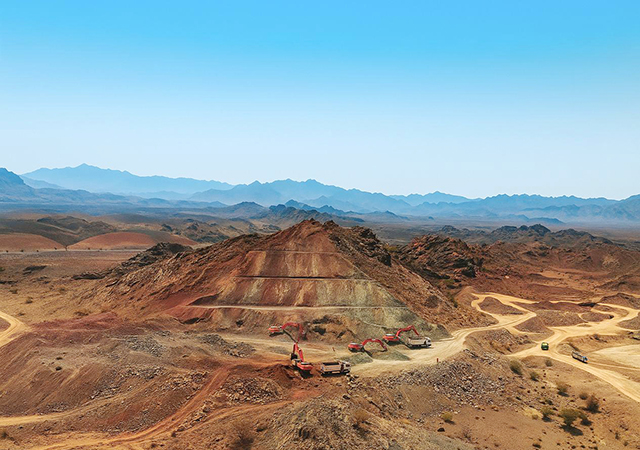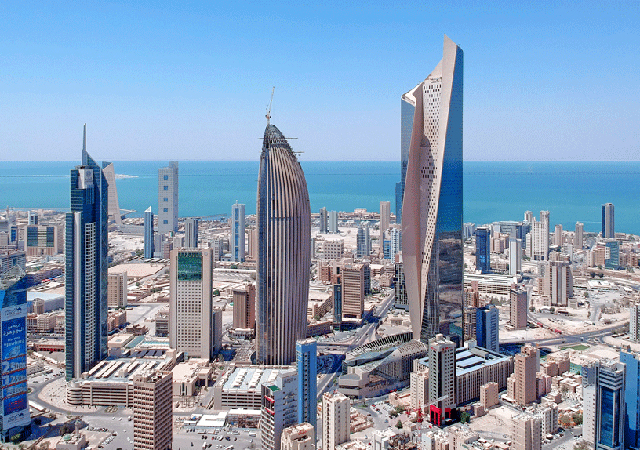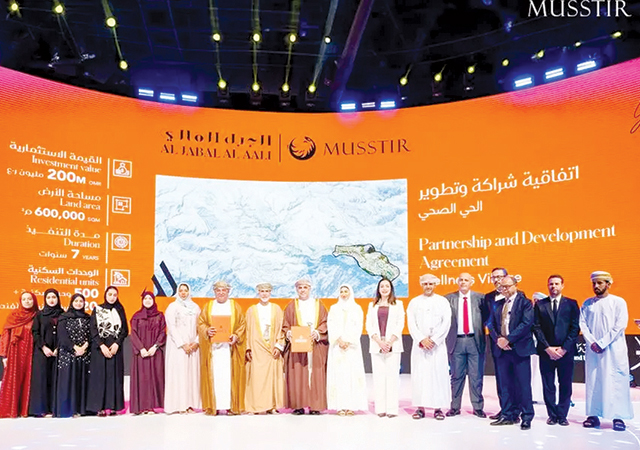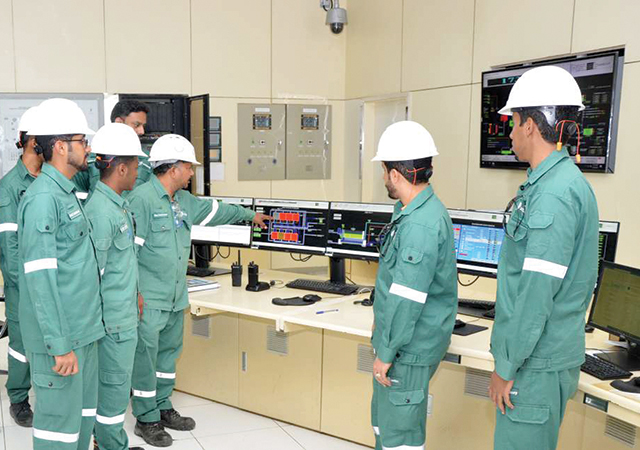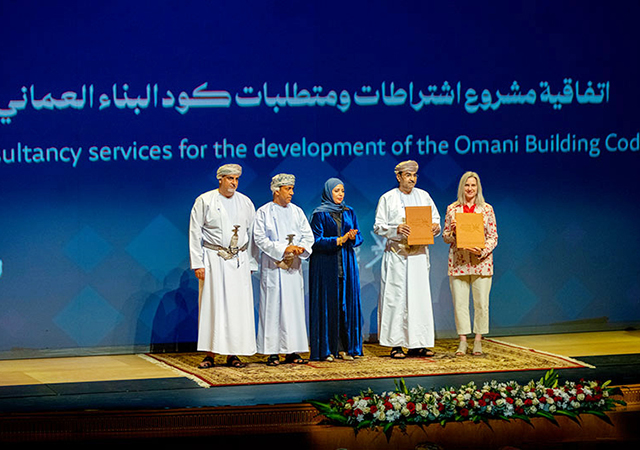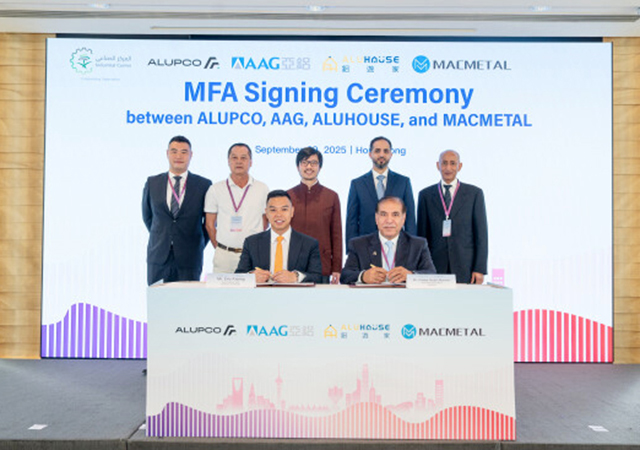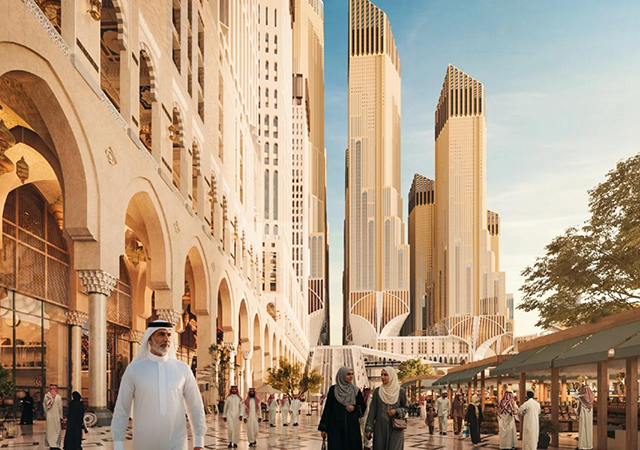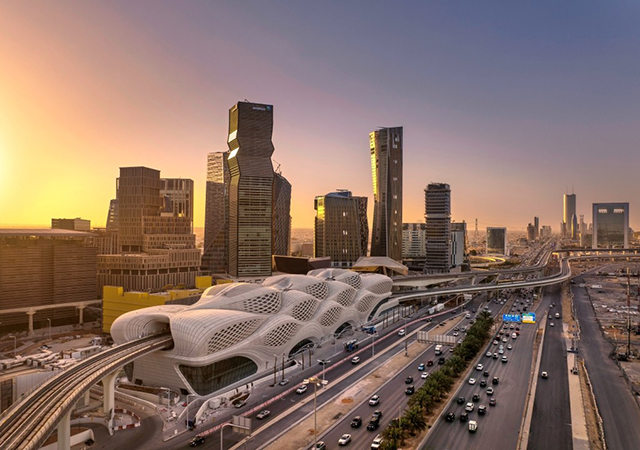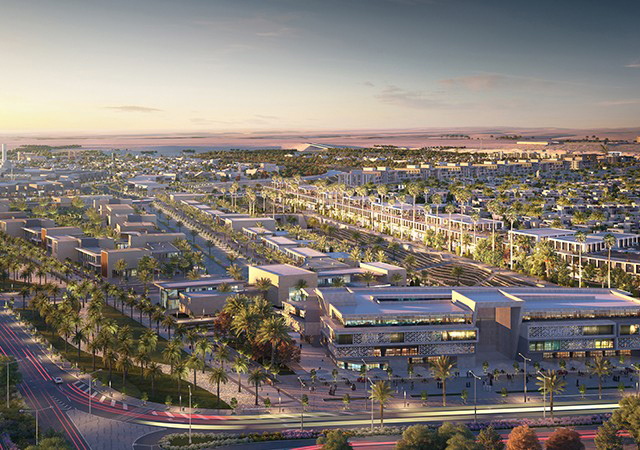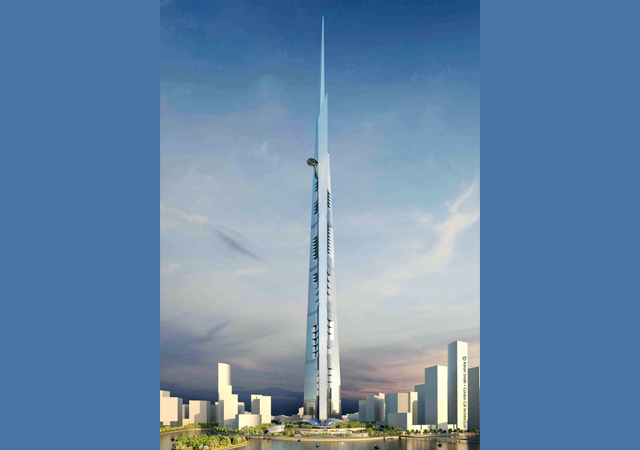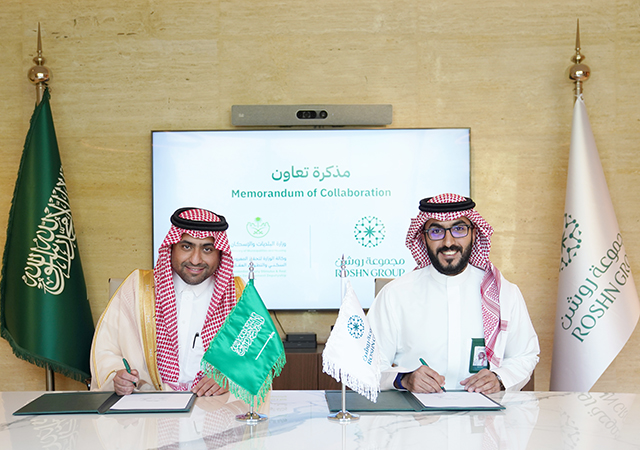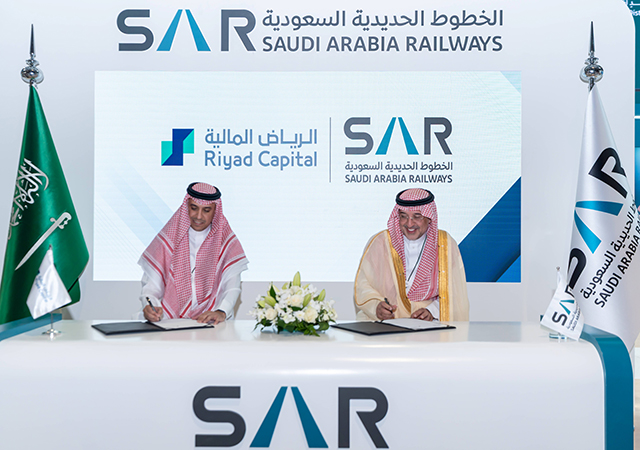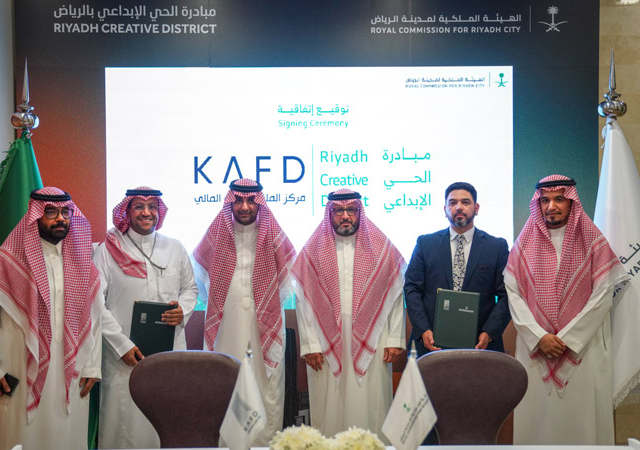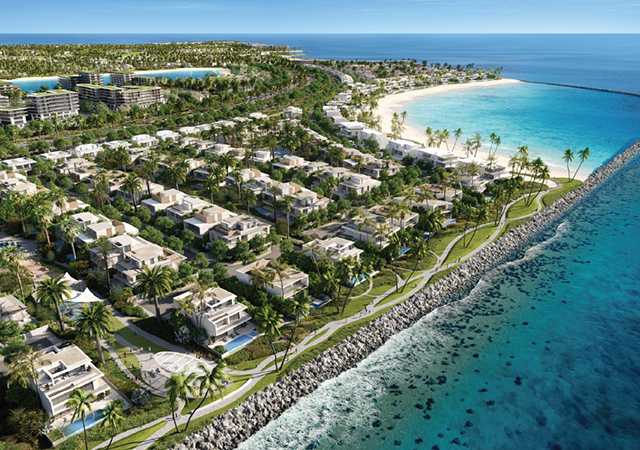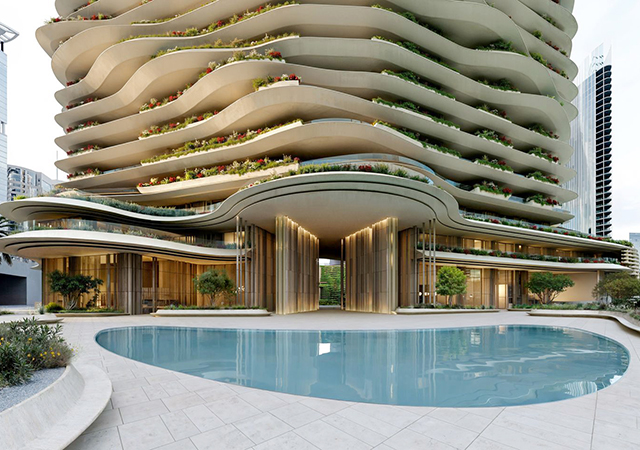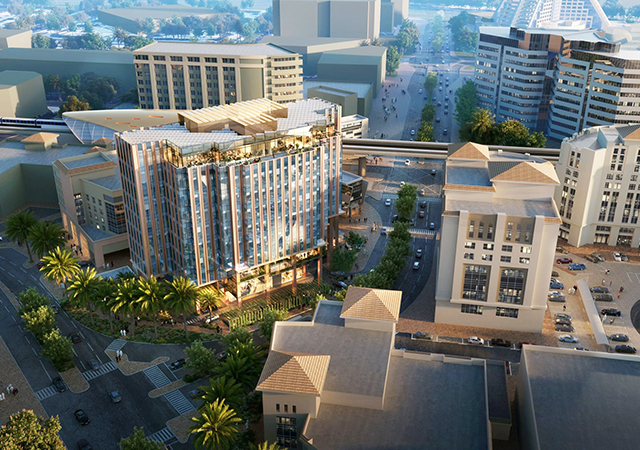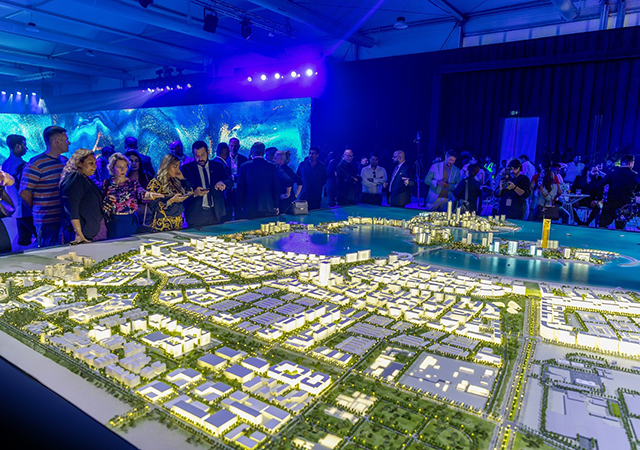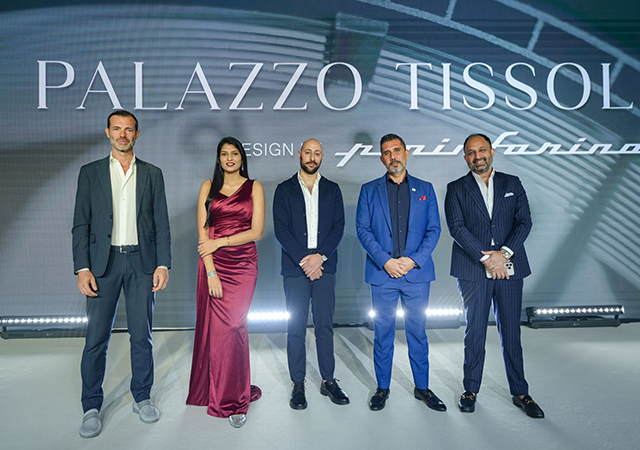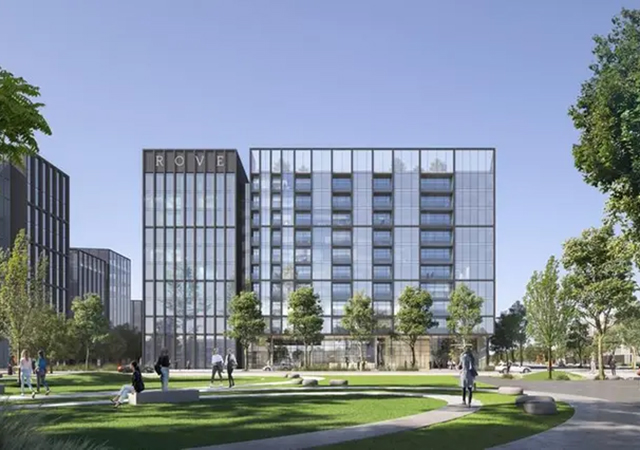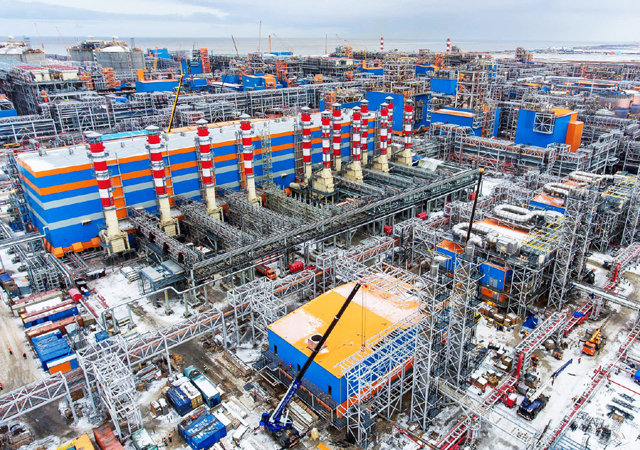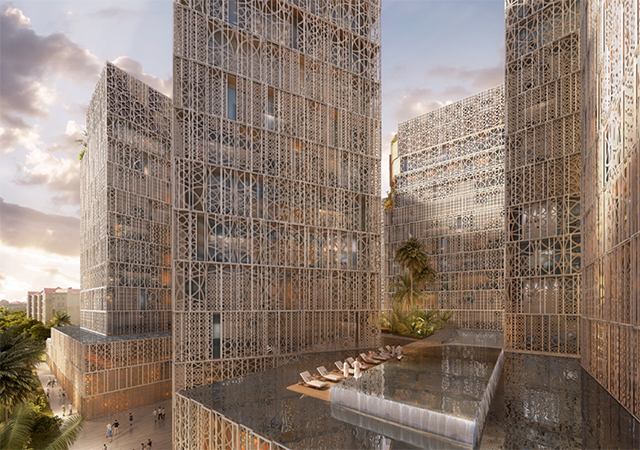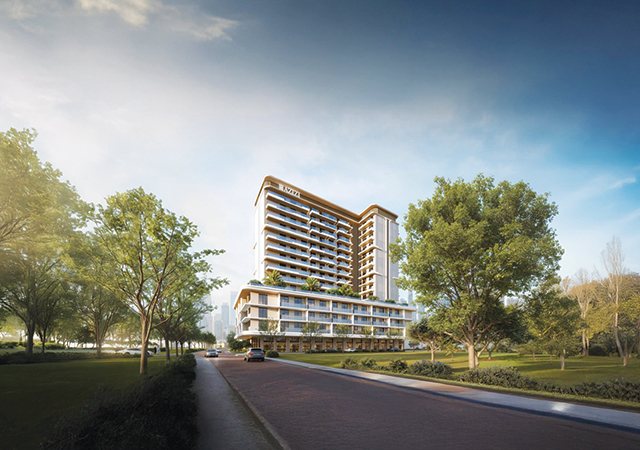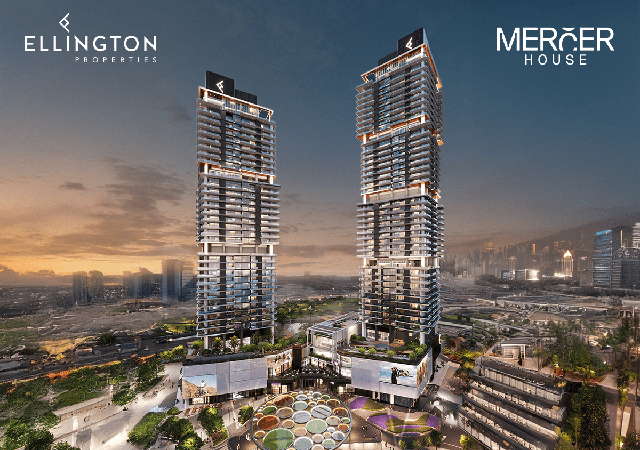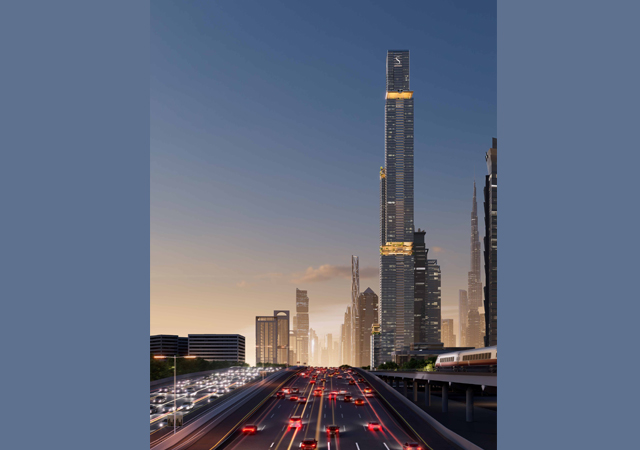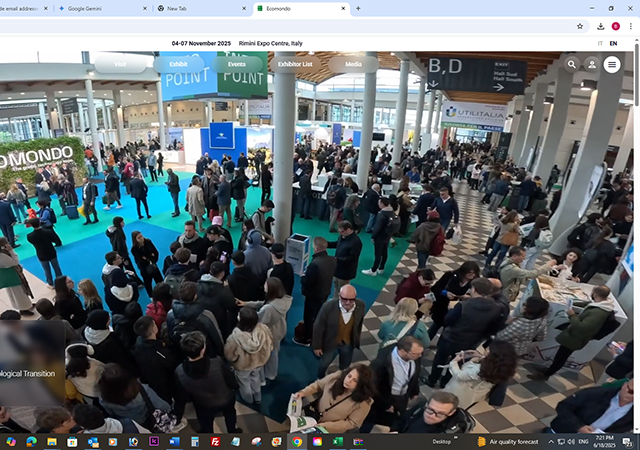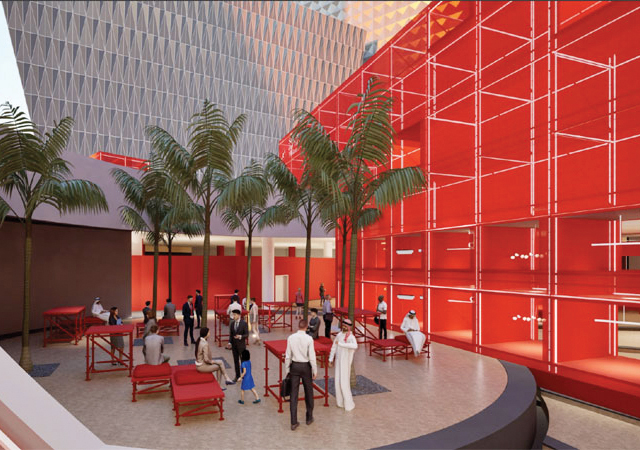 Compaction in progress.
Compaction in progress.
The Dubai-based joint venture APCC-VFL of deep foundation specialist Vibro Foundations Limited (VFL) and local foundation contractor APCC has recently completed a number of soil improvement contracts on Nakheel’s prestigious Palm, Jumeirah project.
The most recent work involved vibrocompaction of the reclamation sand to the Fronds, Shoreline Apartments, Crescent Atlantis and in relation to the Central Canal.
For the Fronds, APCC-VFL was required to enhance the bearing capacity of the reclaimed area and to mitigate liquefaction effects from potential earthquakes. Alexander Degen, technical director for VFL says: “It has been assessed that compaction of the reclamation soil is required to eliminate the risk of liquefaction for a Zone2A earthquake of 5.5 magnitude and with a maximum ground acceleration of 0.15 g. In order to obtain this protection, a soil relative density of 60 per cent is required. At the same time, the required bearing capacity to support shallow foundations for the buildings may be achieved”.
Elaborating on the nature of the fill, he says: “The reclamation material – with a fill thickness of 8 to 15 m – consisted of a carbonate-rich sand with some silt lenses that was won by using cutter dredger or hopper suction dredger.
Vibrocompaction (a technique for deep compaction of granular soils) was undertaken from an elevation between +3 m DMD (Dubai Municipality Datum) and +4 DMD, through the thickness of the fill.
Over a period of five months, APCC-VFL carried out vibrocompaction to 45 per of the area of the Fronds, which equates to an area of some 900,000 sq m, while three other contractors carried out similar works for the remaining areas.
Up to five pairs of VFL’s V-48 type vibroprobes were used to achieve the most effective compaction and to maximize production. The vibroprobes were used in pairs being suspended from a 140-tonne capacity crawler crane and with this type of equipment the joint venture was able to achieve compaction rates of up to 2,000 sq m per crane/per shift.
Shoreline Apartments
Following the successful completion of compaction work on the fronds, APCC- VFL was contracted to carry out similar vibrocompaction works to the Shoreline Apartments area of the Jumeirah Palm trunk, which involved a treatment area of approximately 90,000 sq m. The compaction work started in August 2004 and was completed the following month.
“The project will entailed the construction of 10 to 12-storey apartment blocks on the trunk of the Palm, Jumeirah which will be founded on piles bored into bedrock,” says Degen. “Ground improvement by vibrocompaction was undertaken in the soils surrounding the piled foundations to enhance the lateral stiffness of the soil and to control pile lateral deformation and also to eliminate the risk of liquefaction of the soil during an earthquake.”
In order to achieve the most effective compaction and maximum production at the Shoreline Apartment site, APCC-VFL used the same equipment as that used on the Fronds. Vibrocompaction was undertaken from an elevation of approximately 2.2 m DMD through the full thickness of the fill to depths of 13 m.
The Crescent – Atlantis
The latest project on The Palm, Jumeirah to be handled by APCC-VFL is the compaction work for the $1.1 billion Atlantis Hotel project.
The Atlantis development, situated on the crescent of The Jumeirah Palm, will include two luxury hotel towers, an extensive water-theme park, covering approximately 40 acres, one of the world’s largest marine habitats, a snorkel trail involving a swim with dolphins and is expected to have over 6,000 visitors daily.
Compaction work commenced in early December 2004 and was completed before the end last month (February). The work involved the vibrocompaction treatment of 450,000 sq m of reclaimed fill material to maximum depths of 19 m using the
Vibro Foundations’ V-48 vibroprobes. The vibroprobes were utilised in tandem pairs in order to achieve maximum production efficiency and treatment quality. Four sets of equipment were utilised working six days per week and 24 hours per day in order to comply with the stringent time scale imposed by the developer.
Jebel Ali Free Zone
Besides work at The Palm, Jumeirah, APCC-VFL has also successfully carried out the soil treatment required for settlement reduction and liquefaction mitigation for the Quay 4 extension, at the Jebel Ali Free Zone. For the project, which is an extension to the container handling facility at the Jebel Ali Port, a new area has been reclaimed in front of existing berths 20 and 21 and is bounded by a new quay wall.
“Ground improvement was required for the fill material covering an area of 55,000 sq m up to a depth of 18 m in the new reclamation to ensure that the proposed container stacks, rubber-tyred gantry (RTG) tracks and roads could be safely supported without undue total and differential settlement,” says Degen.
The reclamation fill was placed in several stages. Stage 1 fill consisted of soil dredged to form the trench along the new line of the new quay wall. This material was deposited up against the existing old quay wall and contained a high proportion of silt. Subsequent fill material consisted of either sand or rock.
“Pre-contract site investigation information was limited, so the precise extent of Stage 1 fill was unknown. Therefore, before proceeding with the ground improvement, pre-treatment CPPTs ((continuous Piezocone penetration tests) were undertaken on a 20 m square grid as a means of assessing the extent and quality of the Stage 1 fill,” he says.
“Ground improvement in the Stage 1 fill, where silt material at the base was shown to be thicker than 2 m, was by vibro-stone columns. Vibrocompaction was the adopted method for the remaining areas of the reclamation which contained the subsequent sand fill.
“Performance in the areas treated by vibrocompaction was based on a CPPT criteria, while performance in areas treated with stone columns was based on controlling total and differential settlement,” says Degen. “Five plate load tests and one zone load test were undertaken in areas treated by stone columns to confirm satisfactory load settlement performance.
“The total settlement beneath container stacks was required not to exceed 50 mm whilst angular distortion along RTG tracks was not to exceed 1:750,” he adds “and all quality control tests were implemented with satisfactory results being obtained”.
APCC-VFL carried out the works during October and November last year and the project was completed ahead of schedule.
The Vibro Foundations is jointly owned by the Soletanche Bachy Group of France and the Degen family (70/30 share). It carries out vibratory ground improvement projects around the world and also supports a fleet of worldwide licensed partners that utilise the company’s technology and equipment.
The group’s operating head office is located in the UK, while its equipment manufacturing company and service centre, VibroServices, is situated in Guteborn, Germany.
The company’s projects in the UAE are managed in joint venture with its local partner, APCC.
Vibro Foundations (a member of the Vibroflotation Group) specialises in ground improvement work and focuses on vibrocompaction, top feed stone columns, bottom feed stone columns using its proprietary Vibro Stitcher and the dry bottom feed technique, offshore stone columns, (a marine version of its dry bottom feed equipment); and Vibro concrete columns (an alternative to conventional pile foundations).
The group develops, designs and manufactures the majority of the equipment used in the field.
“One of the biggest strengths of our group is that our mechanical design engineers are able to constantly refine our equipment with close feedback from the construction companies within the group,” says Degen.
The company frequently develops new equipment and upgrades existing ones and offers a full service covering all aspects of ground improvement technology by vibratory means, including design construction and/or technical assistance for projects of all sizes, he says.
“It also offers value engineering through integrated solutions. Because of its access to the Soletanche Bachy Group network, Vibro Foundations can integrate other foundation techniques into its technical proposals and thereby create technically sound and cost-efficient combined solutions where appropriate,” he concludes.



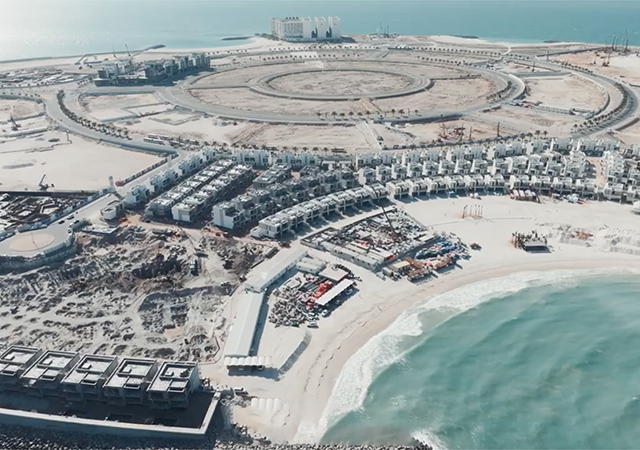


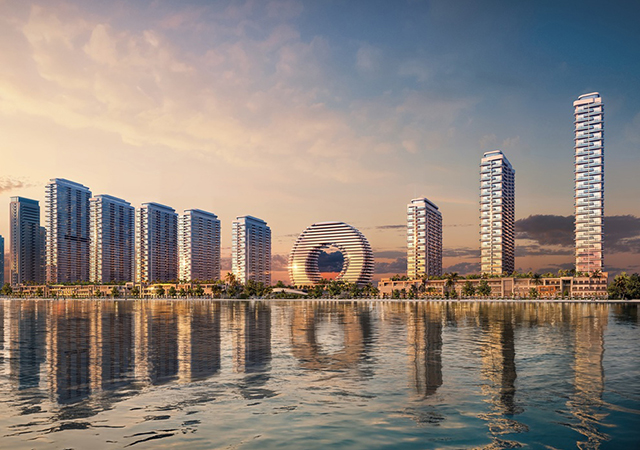
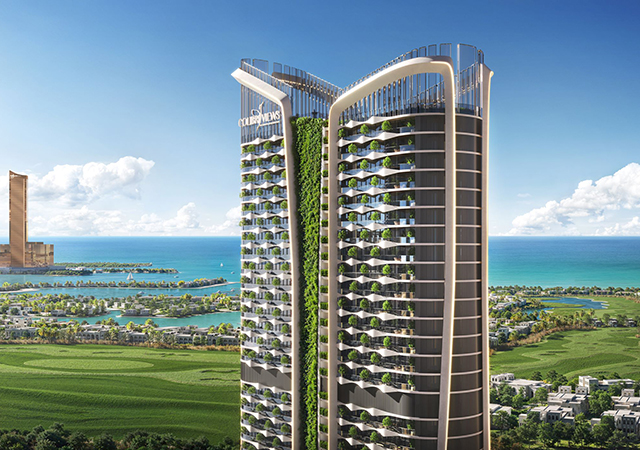
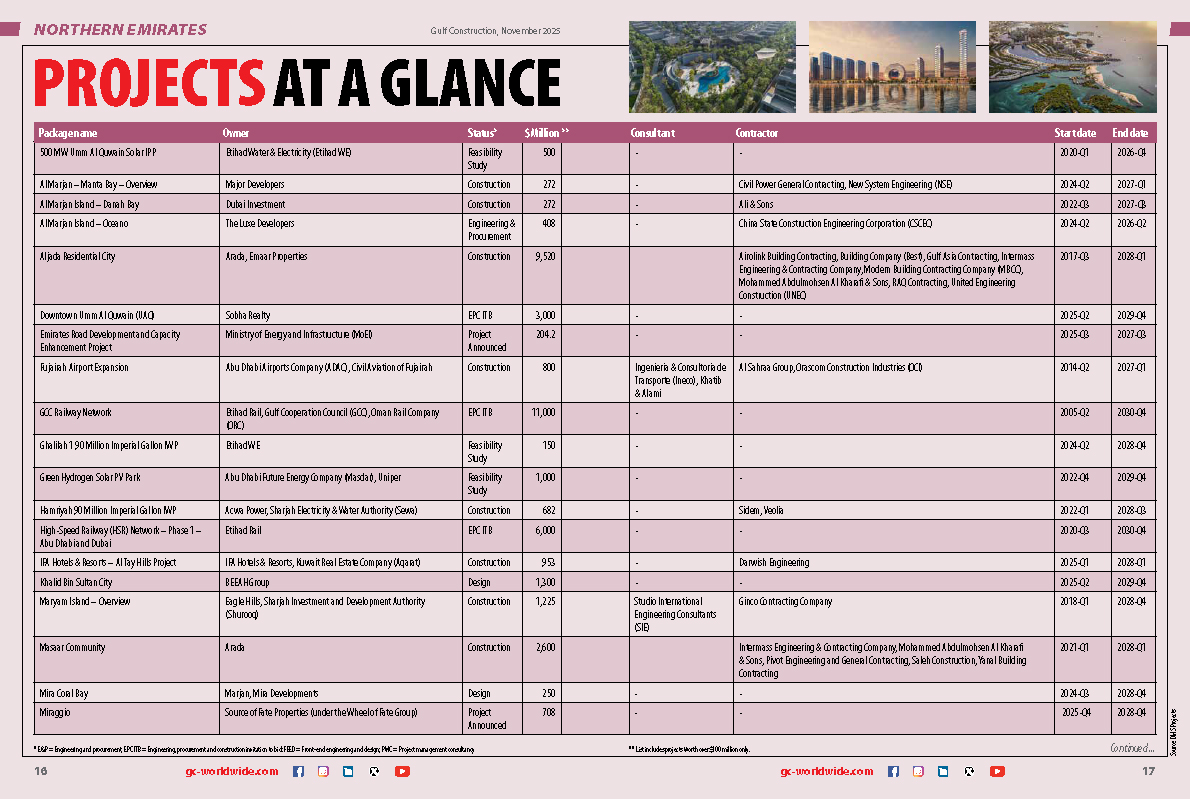

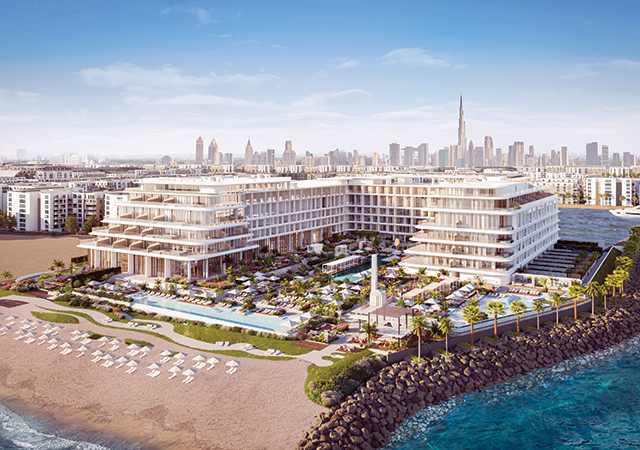
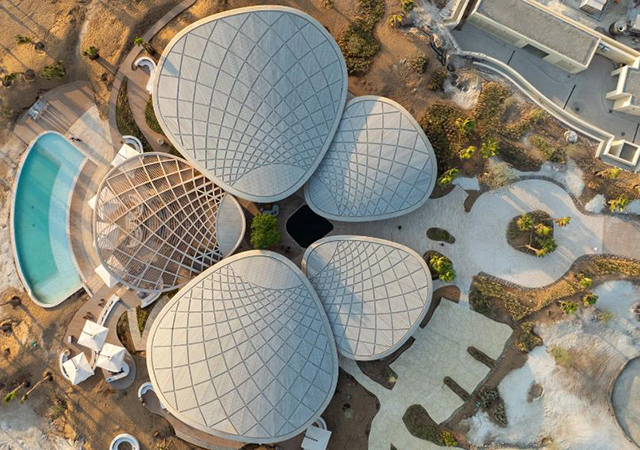

(5).jpg)

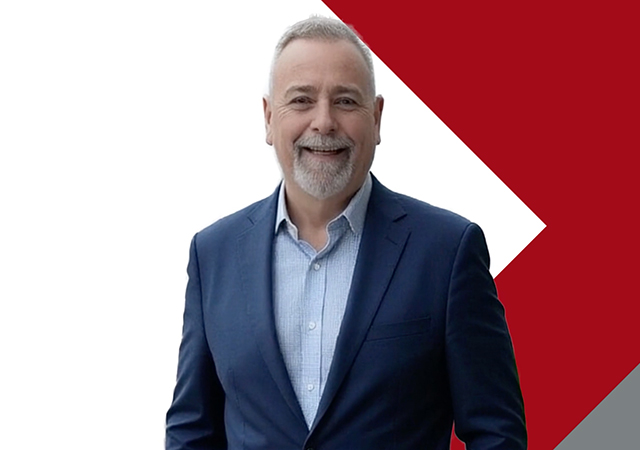
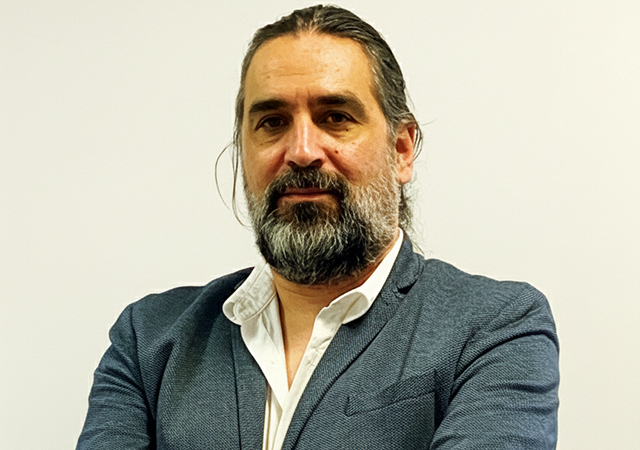
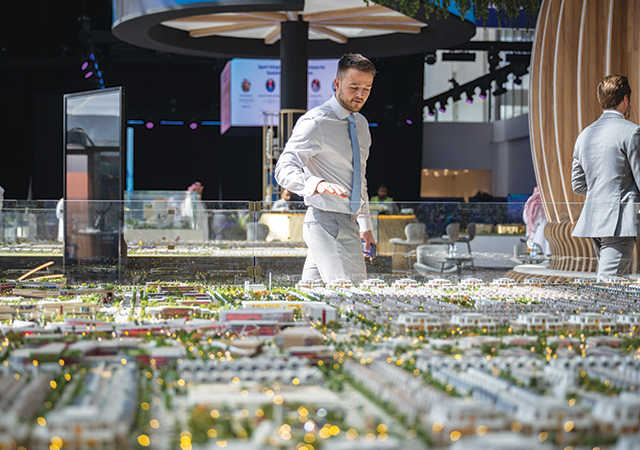
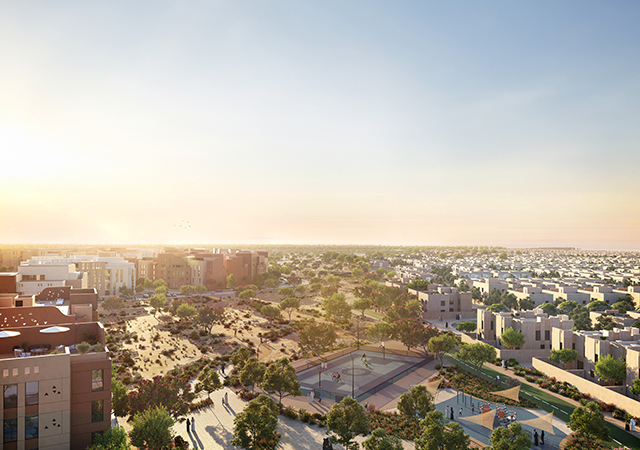
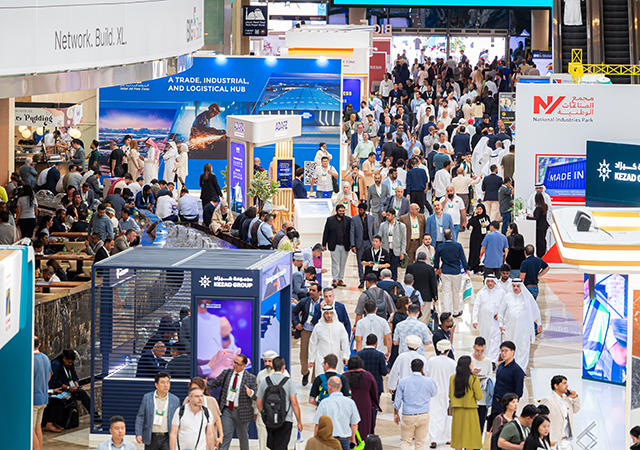
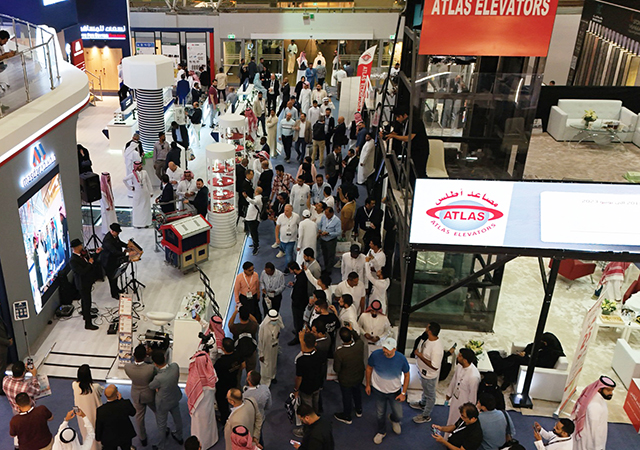
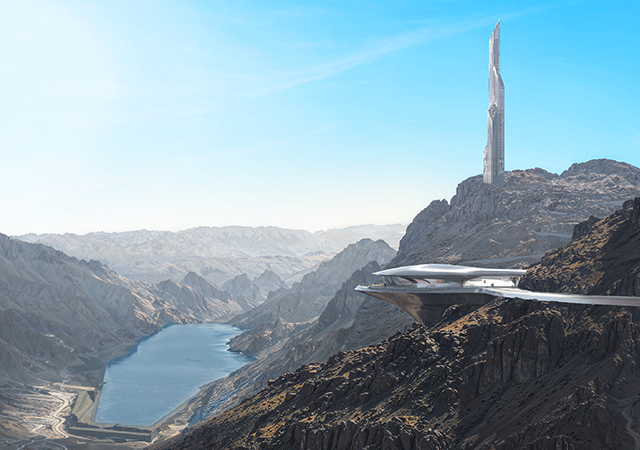
.jpg)


